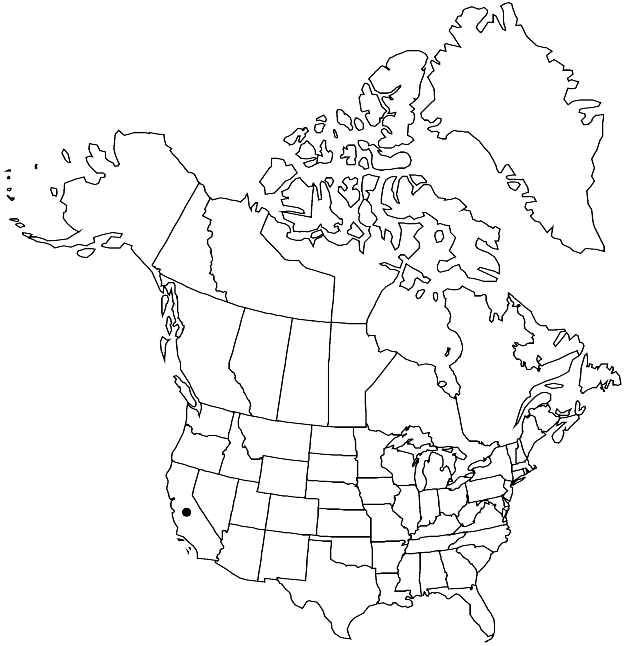Difference between revisions of "Limnanthes montana"
Fl. Calif. 2: 412. 1936.
FNA>Volume Importer |
imported>Volume Importer |
||
| Line 6: | Line 6: | ||
|place=2: 412. 1936 | |place=2: 412. 1936 | ||
|year=1936 | |year=1936 | ||
| + | }} | ||
| + | |special_status={{Treatment/ID/Special_status | ||
| + | |code=E | ||
| + | |label=Endemic | ||
}} | }} | ||
|basionyms= | |basionyms= | ||
| Line 46: | Line 50: | ||
|publication title=Fl. Calif. | |publication title=Fl. Calif. | ||
|publication year=1936 | |publication year=1936 | ||
| − | |special status= | + | |special status=Endemic |
| − | |source xml=https:// | + | |source xml=https://bibilujan@bitbucket.org/aafc-mbb/fna-data-curation.git/src/bb6b7e3a7de7d3b7888a1ad48c7fd8f5c722d8d6/coarse_grained_fna_xml/V7/V7_221.xml |
|genus=Limnanthes | |genus=Limnanthes | ||
|section=Limnanthes sect. Inflexae | |section=Limnanthes sect. Inflexae | ||
Revision as of 23:54, 27 May 2020
Plants 10–40 cm; herbage glabrous or sparsely hairy (hairs long). Stems ascending to erect. Leaves 3–15 cm; leaflets 7–11, blade linear to ovate, margins entire, or shallowly 2-lobed to deeply 3-lobed. Flowers funnel-shaped; sepals not accrescent, lanceolate to ovate-lanceolate, 3–6 mm; petals white (sometimes yellowish basally, or veins purplish, aging or drying white), cuneate to obovate, 7–12 mm, ca. 2.75 times as long as wide, 2–2.5 times longer than sepals, apex truncate, emarginate; filaments 2.5–4 mm; anthers (cream), 0.5–0.8(–1) mm; style 2.5–4 mm. Nutlets gray, 2–3 mm, tuberculate, tubercles gray, conic. 2n = 10.
Phenology: Flowering (Feb-)Mar–Jun.
Habitat: Wet meadows, stream edges
Elevation: 200-1800 m
Discussion
C. T. Mason (1952) recognized Limnanthes montana as a species and L. gracilis as having two subspecies: gracilis and parishii. He suggested that L. montana might represent a central remnant of an earlier, widespread species, with L. alba occupying the central part and L. gracilis subspp. gracilis and parishii being the northern and southern relictual populations, respectively. C. I. McNeill and S. K. Jain (1983), based on allozyme studies and morphology, concluded that subspp. gracilis and parishii are more closely related to L. alba and that L. montana is more distant. This conclusion was supported by combined morphological and molecular analyses (M. S. Plotkin 1998). R. Ornduff (1971) found that L. montana did not hybridize with subspp. gracilis or parishii.
Nutlet morphology (densely packed, small, conic tubercles), flower shape (funnel-form), and the larger number of leaflets of Limnanthes montana are distinctive. Limnanthes montana usually has extremely small anthers, averaging ca. 0.5 mm; populations in Mariposa and Madera counties have anthers ca. 0.8 mm, rarely to 1 mm. Limnanthes montana may have some hairs on the veins of the petals; L. alba subsp. versicolor has hairs scattered throughout the petal surface. Anther size and hairs on the petals are useful characters to separate L. montana from L. alba.
Selected References
None.
